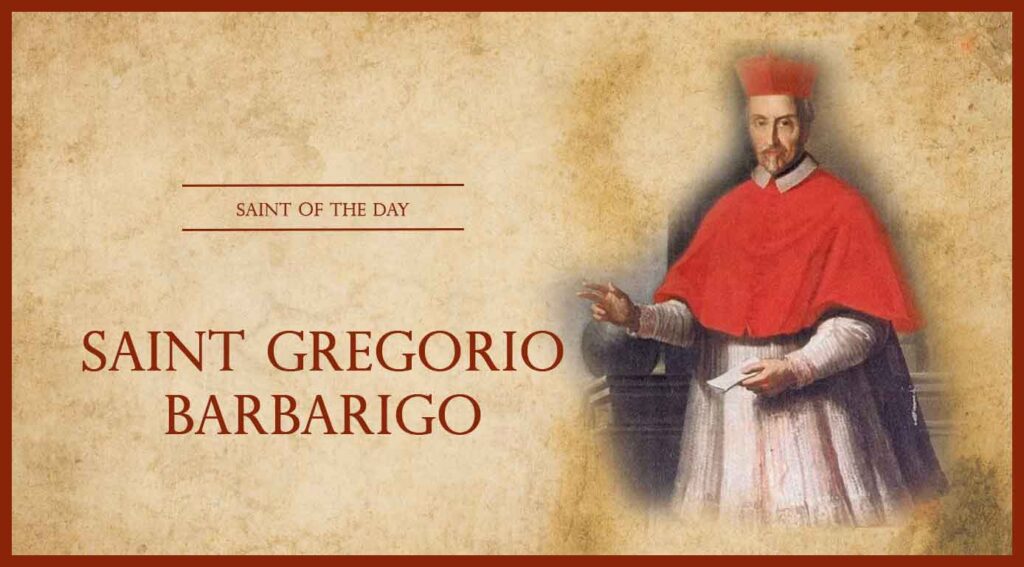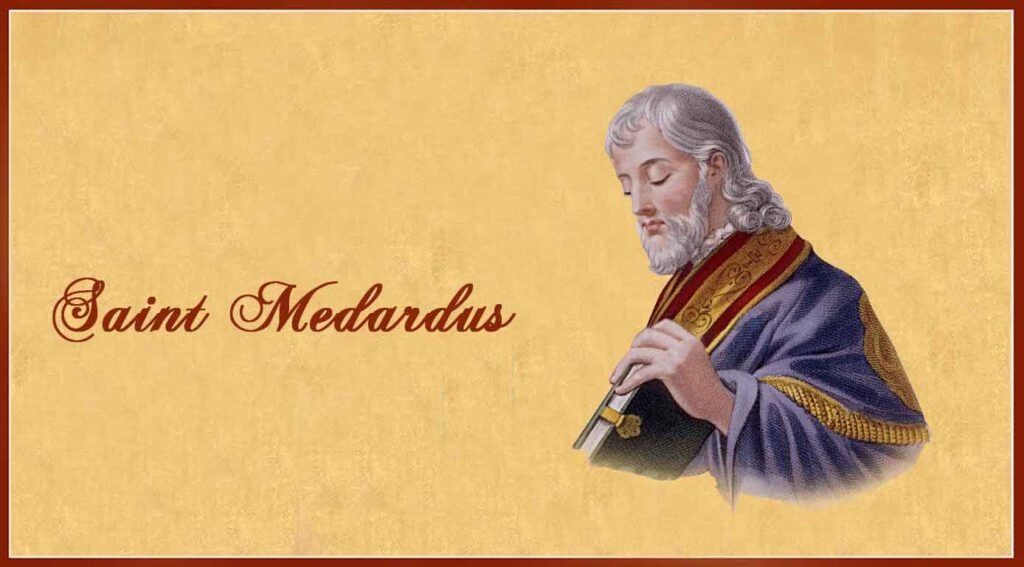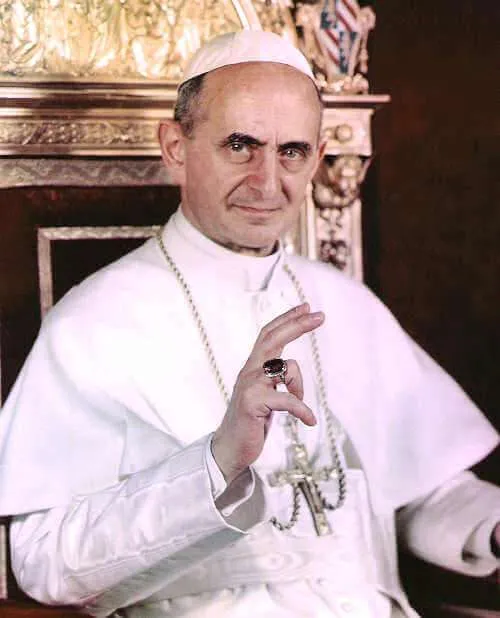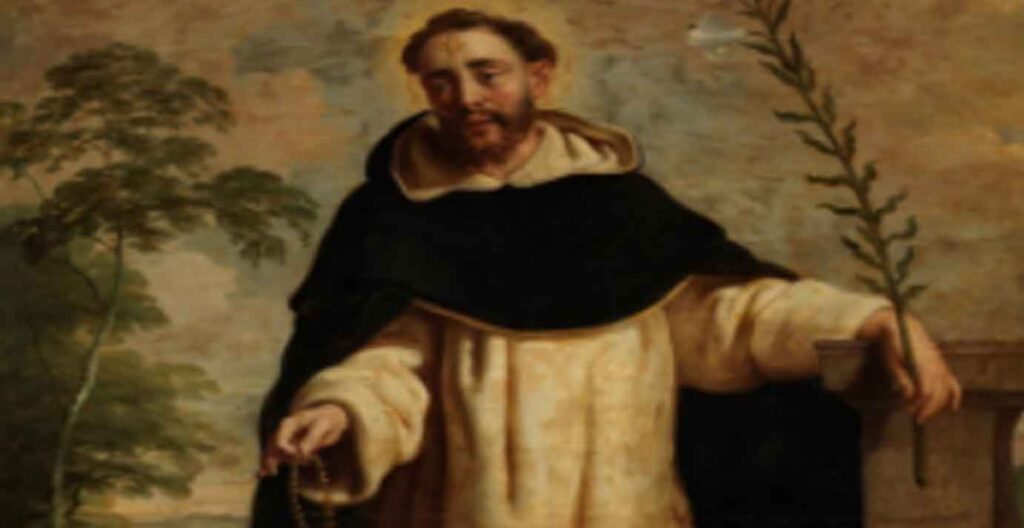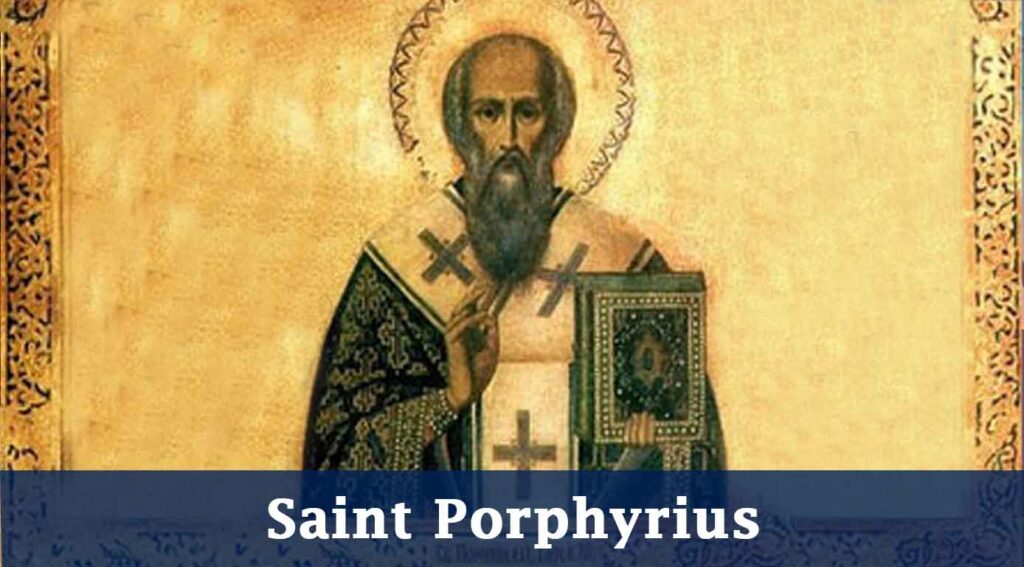Saint Gregorio Giovanni Gaspare Barbarigo was born in 1625 in Venice. His ancestors included the two Venetian doges Marco Barbarigo and Agostino Barbarigo. His father instructed him in philosophical studies and in mathematics while preceptors taught him Latin and Greek; he also received the rudiments of music.
In 1643 he accompanied as secretary the Venetian ambassador Aloise Contarini to Münster for the negotiations to prepare for the Peace of Westphalia which was signed on 24 October 1648. In July 1648 he returned to Venice and continued his studies in Padua. In 1650 he was elected as a member of the Collegio dei Savi and initiated his political career which he did not find to be good for him. In the winter in 1653 he went to Rome to ask the advice of Cardinal Chigi who recommended that he not retire as a hermit but follow the ecclesiastical career and begin obtaining a doctorate in law.
Saint Barbarigo obtained a doctorate in “utroque iure” both canon law and civil law on 25 September 1655 and received his ordination to the priesthood on 21 December 1655. On 9 June 1665 he was given a canonicate in the cathedral chapter of Padua without the requirement of residence and in 1656 – at the request of the pope – he organized the assistance to the Romans in the Trastevere area who had been stricken with the plague. He oversaw the care of the mothers and their children and the funerals of the deceased in this work. He nursed the sick, buried to dead, and comforted those frightened and in mourning
Cardinal Barbarigo fostered catechetical instruction and he travelled to each village in his diocese in order to teach and to preach to the people. His compassion to the poor was well known for he gave his household goods and his clothes to the poor for their comfort. He even sold his bed on one occasion to help them. He became noted as a scholar for his distinguished learning and as an able pastor for his careful attention to pastoral initiatives and frequent parish visitations.
Barbarigo died after a brief illness on 18 June 1697 in Padua where he was interred in the diocesan cathedral.


